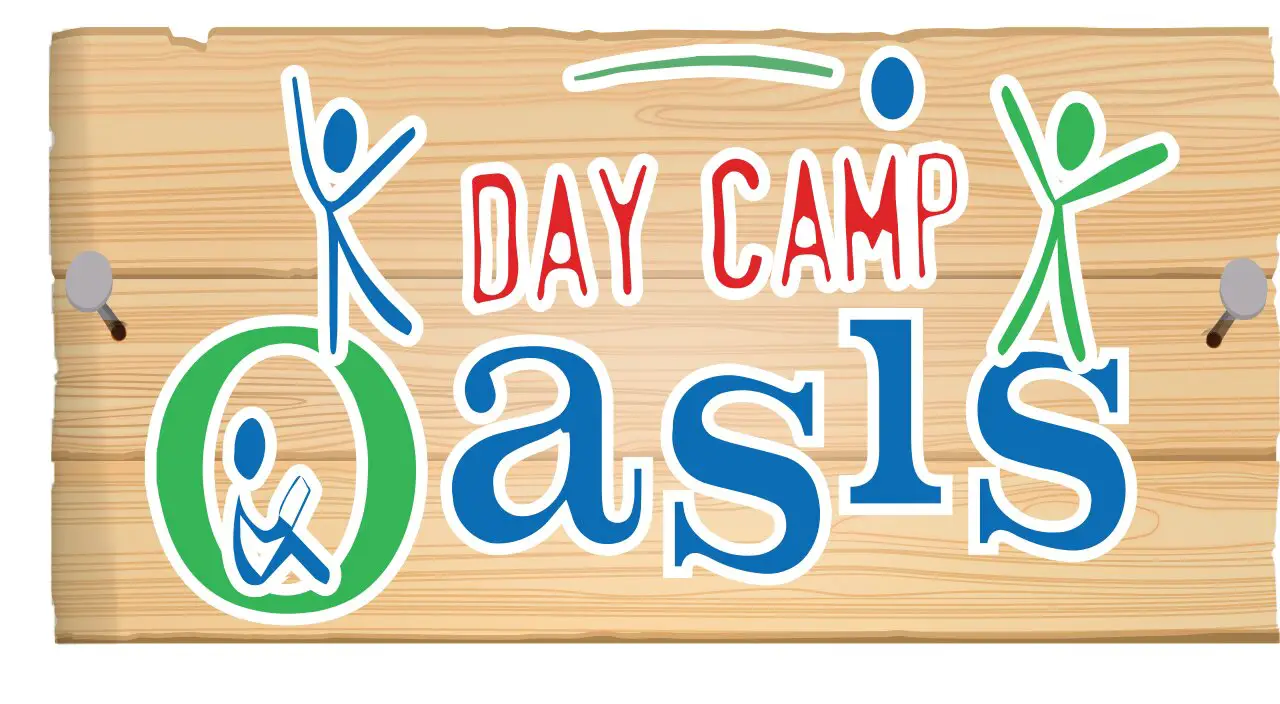
These Are the Best Tummy Time Hacks For Your Baby
All of your questions about this developmental activity for infants are answered—plus, tips to make it easier on you and your child.
Get can’t-miss family activities sent to you!
Get the Best Kid-Friendly Activities
Sent to You Weekly!
My baby has reflux, do I still have to do it?
As a mother of two babies who suffered from severe reflux, I can still remember how difficult tummy time was. Lying down flat caused them to throw up and cry in pain, sometimes at the same time! Dr. Workman recommends having tummy time after a nap so a long period has passed since the last feed, or doing it just after you give medication if applicable. Math suggests using modified positions like using a bolster or on a caregiver’s chest as more reflux-friendly versions.
My mom friend says her pediatrician told her not to force it if her baby hates it, but mine says it’s essential. Who is right?
Although most experts recommend tummy time, there are some who view it as unnecessary and suggest parents instead let their babies reach their milestones in their own time. Studies suggest the delays in development are transient and resolve by 18 months. Michel Cohen, M.D., is a pediatrician with more than 25 years of experience and is founder of Tribeca Pediatrics, which has 24 locations across the city. He is known for the low-intervention approach that has made him extremely popular with New York parents. His view? We should be letting babies develop their own muscles at their own pace. “Why are we tampering with nature?” he says. “Babies are meant to develop by themselves.” He points out that tummy time can even create more stress for parents: “The baby can end up liking it,” he says. “And they have a problem because now you have a two-month-old who likes being on his belly.”
In his popular 2004 parenting book, The New Basics: A-Z Baby and Childcare for the Modern Parent, his simple, yet controversial, advice is, if baby hates it then skip it. “Since there’s no need to strengthen any specific muscle group, I advise you not to act as Lucy’s personal trainer. Skip the tummy time and tickle her tummy so she’ll exercise her giggling muscles instead.”
As with everything in parenting, deciding what’s right for your child is a personal decision made between you and your pediatrician.
Tummy Time Hacks
Catherine Workman, M.D., developmental pediatrician at Hassenfeld Children's Hospital at NYU Langone suggests making tummy time fun: “Pair it with something they like, so it’s more enjoyable for the parent and the child.” Here are seven ideas to make baby's tummy time more fun for your infant—and you:
The Diaper Change Massage
After a diaper change, flip your baby over for a few minutes on the changing mat (but stay close to avoid falls). If she’s fussy, give her a massage to distract her.
The Caregiver Crawl
Tummy time isn’t just about the playmat. Lying on a caregiver’s chest is cozy and counts toward his daily minutes. Just make sure your baby is supporting himself on his own stomach. You can vary the incline by sitting or lying down yourself.
I Spy Me!:
“A lot of babies respond really well to mirror play,” Dr. Workman says. Using a non-breakable baby mirror so baby can see herself while she’s on her tummy can be a fun distraction. “All babies want to do is stare at the other baby in the room because they don’t realize that it’s them,” says Math.
The Bolster
Math recommends using a bolster made from a rolled-up towel or a breast-feeding pillow to help prop up reluctant tummy timers. “Prop them on their stomachs so they’re weight baring a little bit on their hands and their forearms, but their head is upright,” she says.
The Burp
Instead of burping your baby over your shoulder, try laying him down gently across your knees (making sure to support his head and neck). Lots of babies love it because the pressure helps them with gas, and they’re close to you.
Sensory Stimulation
Dr. Workman suggests alternating the type of sensory material the baby is lying on. Use a fluffy blanket one day, a crinkly one the next, and seek out baby mats with lots of different sensory sensations. “Maybe they like a certain type of blanket than another,” she says. “Finding what it is that the baby enjoys can make it more palatable.”
Get out of the chair
Avoid the tendency to always have your baby in a seat or stroller when he’s awake and not being held. Wherever possible put him down on his tummy to play.






